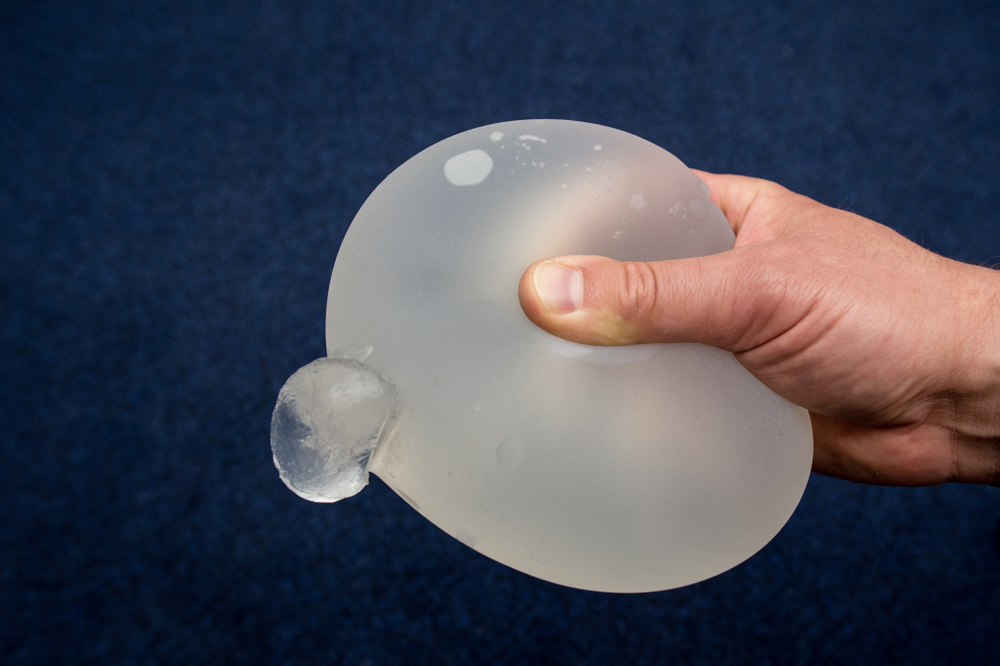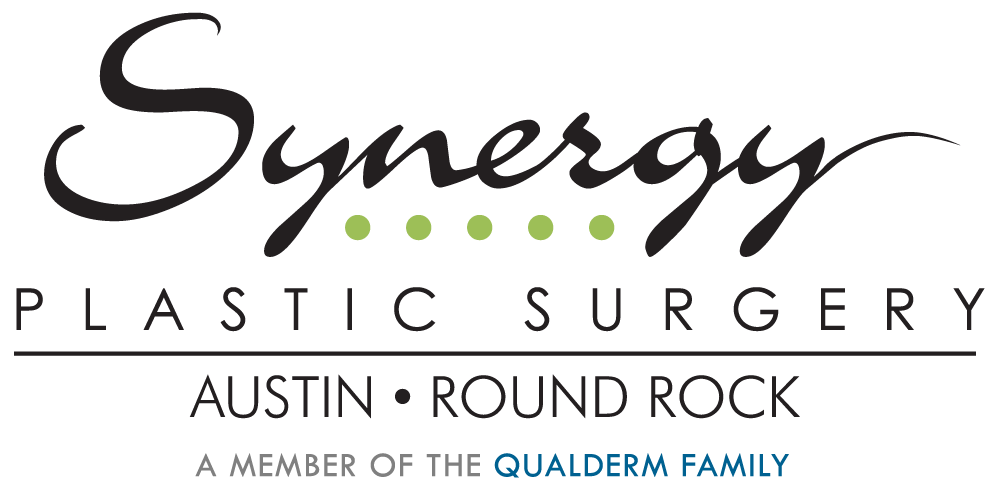Patients often ask if saline or silicone breast implants are better for breast augmentation. Understanding the characteristics of the various implants is key in choosing the appropriate implant that is going to achieve the look and feel you desire! There are many types, sizes, and profiles of breast implants to consider. Synergy Plastic Surgery is the top Allergan breast augmentation provider in the region and can provide you with all the information you need prior to making this important decision.
If your main goal for breast surgery is to enlarge your breasts, breast augmentation with either saline or silicone breast implants will accomplish your goal.
So, what are the differences between saline and silicone?
Feel

While both silicone and saline implants have a silicone shell, there is a difference in the way silicone and saline implants feel to the touch. This is because silicone is a thicker substance that is closer to the consistency of natural breast tissue. Saline implants generally have the consistency of water, which is no surprise since they are filled with saline. While saline implants are more liquid in texture, at times they can provide more volume up top for certain patients. The better feel is important to consider if you have very little breast tissue. The more breast tissue you have between your skin and the implant, the less noticeable difference is in the feel. For instance, someone with C or D cup breast wanting an augmentation will often not be able to tell the difference between the two. However, for someone with an A or B cup, the difference is very noticeable.
Rippling
Rippling, seeing or feeling small waves, goes hand in hand with implant feel. That is to say that the more “watery” an implant feels, the more likely you are to see and feel rippling, particularly if you have very little breast tissue. While this problem can be seen with both silicone and saline implants, it is slightly more common with saline implants. Different thicknesses of silicone, known as silicone cohesivity, are available to help mitigate this risk with silicone implants and the design of the Ideal saline implants makes this problem very unlikely.
Leaks

One advantage of saline implants over silicone is what happens when the implant leaks. All implants have a chance of leaking over the time they are in your body. The general risk is 1-2% per year that your implant will leak, so by 10 years the risk that your implant has leaked is 10-20%. If a saline implant leaks, there is usually an obvious difference in the appearance of your breast in a matter of days. The saline that leaks out is essentially water and is reabsorbed by your body. When silicone implants leak, there is little, if any, indication that there is an issue. This is referred to as “silent rupture”. Since newer silicone implants are filled with more solid cohesive silicone gel, less silicone comes out of the implant when there is a leak. Silicone that does get out is usually contained within the scar tissue shell (capsule) that is formed by your body around the implant. Silicone, is not however, reabsorbed by your body. Unlike saline implants, when there is a leak, it just stays there due to the cohesive nature of the implant.
Although the idea of an implant leak sounds daunting, rest assured that silicone gel breast implants are the most widely studied medical device in the history of medical devices. Historically, silicone gel implants received negative media attention and were sensationalized in the 1980s and 1990s, with apparent claims of adverse associated health problems, prompting removal and replacement of older silicone implants with saline filled devices. Since that time, extensive FDA-directed prospective clinical research with long-term follow-up has confirmed no association between silicone gel implants and any chronic autoimmune disease.
Costs
Finally, there is a significant difference in cost between silicone and saline implants. Silicone implant costs are generally higher than a pair of standard saline implants. As mentioned previously, there are different degrees of cohesivity (thickness) among silicone gel implants and unfortunately as the cohesivity goes up, so does the cost.
There are many other factors to consider beyond silicone or saline, including the size, type and profile of implants, their position in the chest area, and the desired visual outcome. Based on your breast anatomy, body type and other factors, your surgeon might recommend one type of implant over another for the best results. Ultimately, however, the choice between saline and silicone is up to you!
Schedule your complimentary consultation with one of our board-certified surgeons to discuss your concerns in detail and help you reach your aesthetic goals!


Leave a Reply